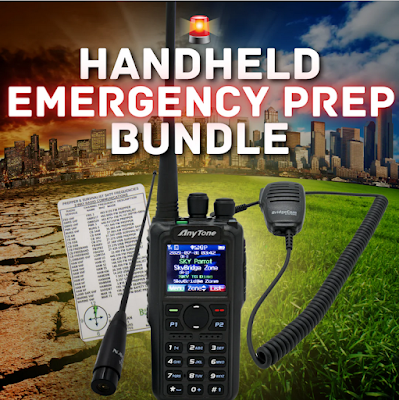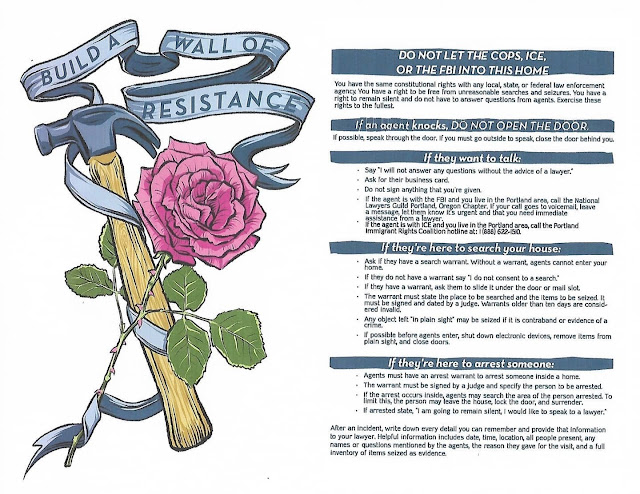Radio Communications for Street Medics
Clear and effective communication is essential to providing care to victims of severe trauma or acute medical emergencies. Chapter 36 of *Riot Medicine* (https://www.amazon.com/dp/B0C91QZSQ5) discusses 'Radio Communication', saying: "Use of two-way radios is not typically needed for urban and suburban actions. However, medics should be familiar with basic radio operation and protocols. Knowing radio protocols helps ensure clear communication during stressful situations."
While it is true that radio communication is less frequently used by street medics during urban and suburban actions, radio may be our only source of communication while supporting wilderness actions, encampments, and working in remote areas beyond the range of cellular telephone networks.
The radio services that are generally available for personal use include amateur (Ham) radio, citizens band radio (CB), general mobile radio service / family radio service (GMRS / FRS) and multi-use radio service (MURS). Ham radio and GMRS radio require a license (in the United States), while CB, FRS, and MURS are license-free services. Note that GMRS and FRS share the same frequencies, with GMRS being authorized greater options (such as more transmit power and the use of repeaters) while operating with a FCC issued GMRS radio license.
Each radio service has its advantages and its drawbacks, although for short range communication (1 or 2 miles) they all seem to work equally well. When your communications needs move beyond one or two miles, or if you want to do more than simple voice communication you will need to consider one of the licensed radio services - amateur (Ham) radio or GMRS.
For street medics, GMRS is a good first choice. GMRS hand-held radios are fairly inexpensive, making it easy for anyone who wants a radio to afford one. GMRS also has higher powered (up to 50 watts) mobile radios, and in many areas there are GMRS repeaters available for anyone with a GMRS radio license to use.
For even greater capability there is amateur (Ham) radio. World-wide communication is possible with Ham radio - both through networks like DMR, D-STAR, and C4FM/System Fusion, or directly radio-to-radio using high frequency (HF) radios. While Ham radio is primarily a hobby, the communications capabilities that Ham radio operators possess are an excellent resource for emergency and disaster communications.
Both Ham radio and GMRS require that you obtain a license from the FCC before you can legally transmit with these radios. Some people object to the licensing requirement, while others (especially in the "prepper community") claim that it won't matter if you have a license during an emergency - "When SHTF nobody will care if you have a license." While this may be true, we assume that if you buy a radio you will want to use it before the end of the world, and to take full advantage of the capabilities of licensed radio services you will need to have a license and an issued call-sign. The Ham Radio Crash Course YouTube channel has a video that discusses this in more detail. "I Don't Need a Ham Radio License In An Emergency!" (https://www.youtube.com/watch?v=hAdtoP0psk4)
Regardless of what radio service you choose to use, it is important that you practice using your radios to communicate within your group. There is more to effectively using a radio than just pushing a button and talking. Knowing how your radio functions, and having established communications protocols are absolutely necessary if you intend to use radio as part of your street medic functions. "Knowing radio protocols helps ensure clear communication during stressful situations."
PNW Street Medics has a few communications references in our Facebook group Files section (https://www.facebook.com/groups/pnwstreetmedics) and in our Internet Archive (https://archive.org/details/@pnw_street_medics).



Comments
Post a Comment